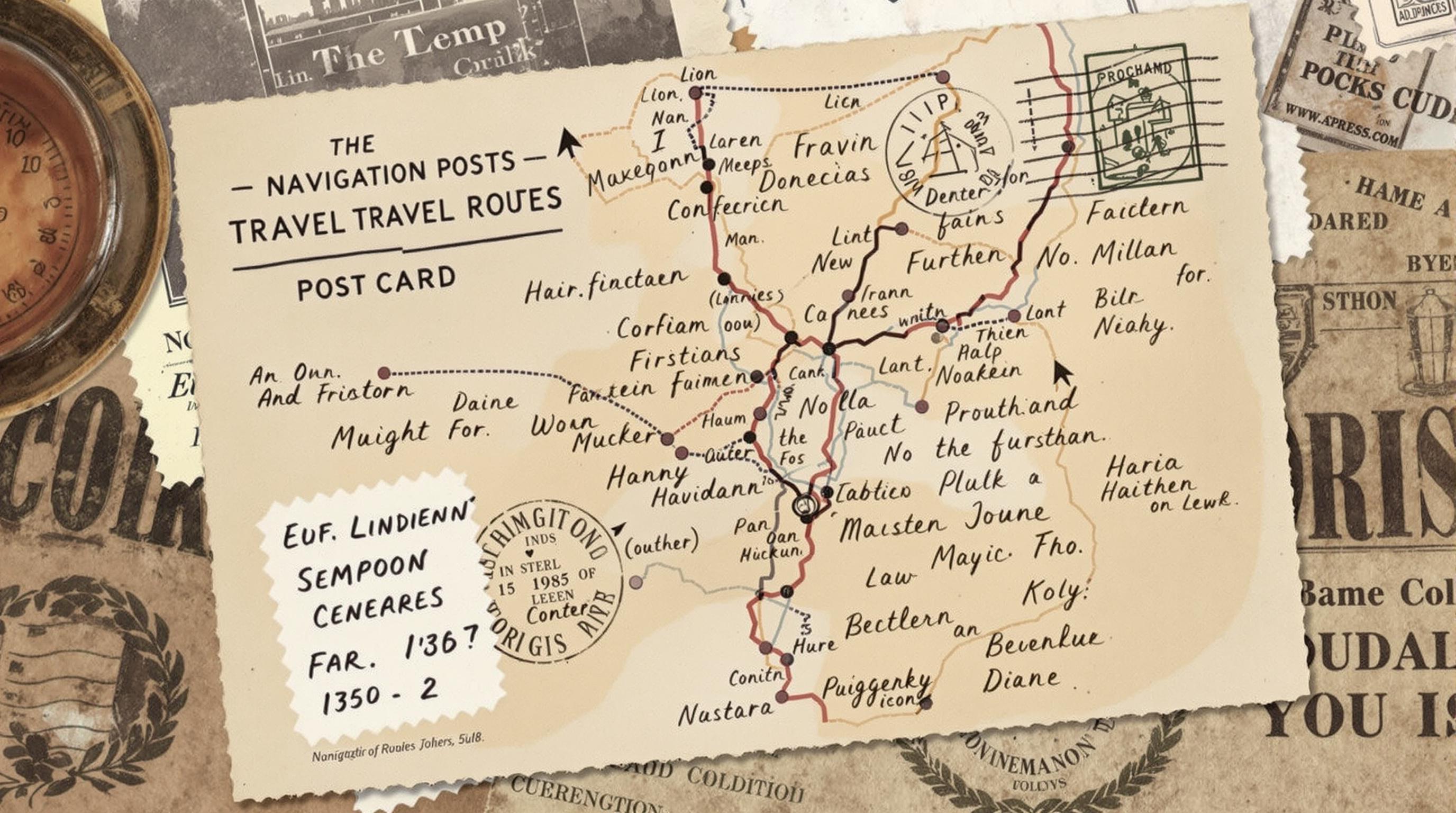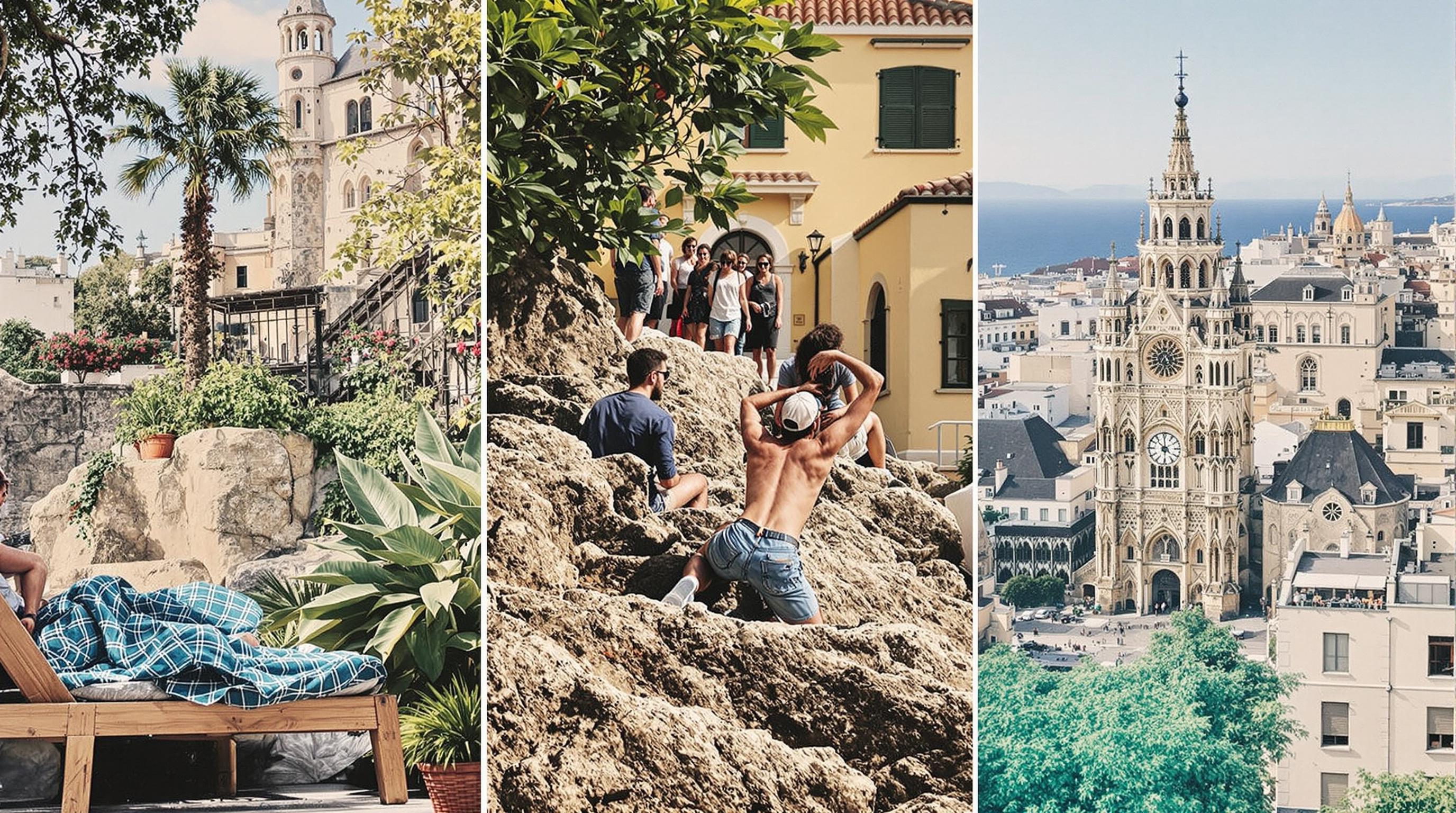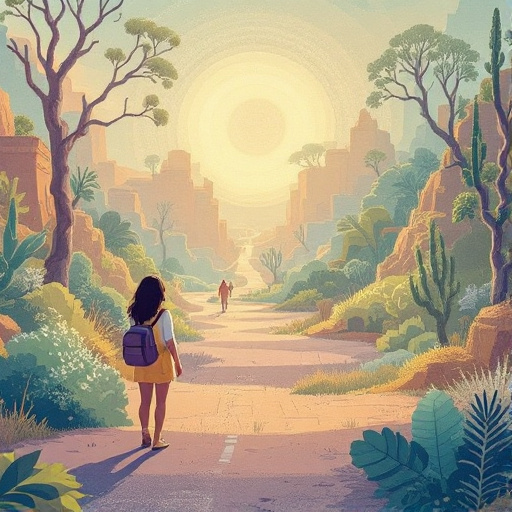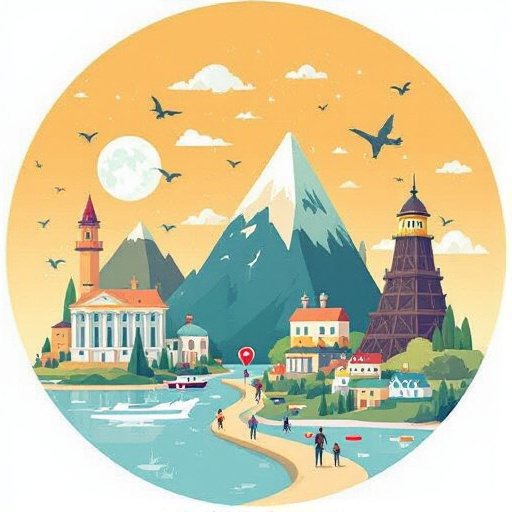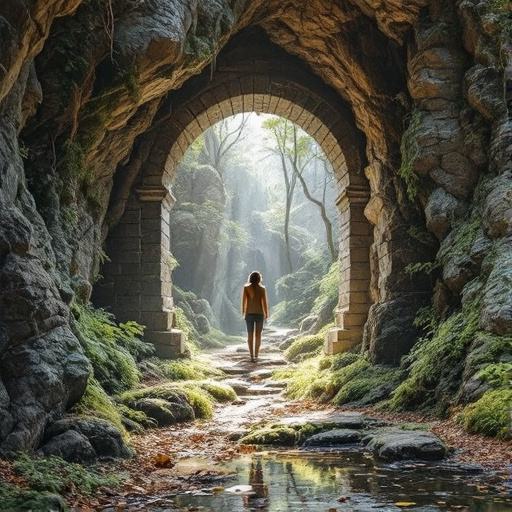Featured Articles
- Exploring the Rise of 'Nomadic Gastronomy': A Culinary Journey through Uncharted Travel Experiences
- Exploring the Rise of "Slow Travel": Rediscovering the Joy in Journeying, One Hidden Corner at a Time
- Navigating Nostalgia: Rediscovering Vintage Travel Routes Through Forgotten Postcards and Itineraries
- The Silent Journeys: Exploring the Rise of Travel Experiences Without Social Media Distraction
- Top 8 Groundbreaking Travel Experience Products Launched Since 2019: Expert Reviews and Rankings
Exploring the Rise of "Slow Travel": Rediscovering the Joy in Journeying, One Hidden Corner at a Time
Exploring the Rise of "Slow Travel": Rediscovering the Joy in Journeying, One Hidden Corner at a Time
The rise of "slow travel" champions a new way of experiencing the world, encouraging travelers to embrace depth over speed. This article delves into the essence of slow travel, its benefits, and how it invites us to explore the world’s hidden corners, discovering joy along the way.
Understanding Slow Travel
Slow travel, at its core, is about savoring the journey rather than racing to a destination. This ethos prioritizes meaningful experiences and local connections over dictating an itinerary packed with visits to tourist hotspots.
The Growth of Slow Travel
As travel restrictions began to ease after the pandemic, a survey conducted by Booking.com in 2022 revealed that nearly 54% of travelers expressed a desire to explore destinations in a more leisurely fashion. This shift isn't just a fleeting trend; it's a fundamental change in how travelers want to engage with the world around them. The rise of remote work has also facilitated this movement, allowing individuals to take longer trips without the constraint of limited vacation days.
The Joy of Rediscovery
Imagine a traveler stepping off a train in a quaint Italian village, no structured plans except to wander. Here, the traveler meanders through narrow streets, stops to chat with a local baker, and learns the intricate craft of making traditional focaccia. Such moments, not typically found on a typical guided tour, ignite a passion for travel that goes beyond the sight of famous landmarks.
Statistics that Speak Volumes
A 2021 survey by Skyscanner found that 83% of respondents stated they would prefer to spend their holiday in less touristy areas, with 72% believing that slow travel enhanced their overall travel experience. This indicates a significant shift in traveler priorities, moving from a focus solely on quantity of sights seen to quality of experiences shared.
Real Stories from the Road
Consider the story of Sarah, a 28-year-old freelance graphic designer from Brooklyn, who undertook a slow travel journey through Scandinavia. Instead of jetting from city to city, she decided to explore Norway's fjords over a period of six weeks. During her travels, Sarah took up a local pottery class, offered by a charming artist she met in a small town, which led to connections and friendships she never expected. Sarah's takeaway? “It's not just about where you go; it’s about the stories you gather along the way.”
Human Connection: The Heart of Slow Travel
Slow travel nurtures connections with locals, allowing travelers to glimpse authentic cultures. Travelers might share meals with families, learn about local customs, or participate in traditional festivals. This intimacy fosters empathy, understanding, and harmony between cultures, which is often lost in the hustle of conventional tourism.
Environmental Considerations
In addition to personal enrichment, slow travel is increasingly linked to sustainability. As tourists focus on spending more time in fewer destinations, there’s less carbon footprint from transportation. The World Wildlife Fund encourages this notion, noting that by choosing eco-friendly accommodations and local transportation, travelers contribute positively to the environment and support local economies. According to their report, 68% of travelers agreed they would likely contribute to sustainable tourism initiatives, reflecting a growing awareness of the impact of travel.
Wander with Intention
One essential aspect of slow travel is intentionality. Rather than haphazard visits, travelers will benefit from planning around local festivals, agricultural harvests, or community events, creating a rich tapestry of cultural interactions. The key is not to over-schedule but to allow flexibility for spontaneous experiences—those magical moments often come unplanned.
Balancing Modern Convenience and Slow Travel
While it's tempting to catch a flight every few days for that Instagram-perfect location, modern technology can support a slow adventure. Apps for local transportation, reviews on accommodations, and tips for unique experiences enrich the traveler's journey, ensuring they don’t miss out while still holding space for the unexpected. Having access to information is important—but using it wisely can strike the right balance.
Case Study: The Danes Do It Right
A fascinating example of slow travel in action is found in Denmark, especially in the town of Aarhus. With a focus on sustainability and quality of life, businesses here encourage visitors to take part in the local cycling culture, offering rentals and guided bike tours. Many customers note how they experience the cities differently when moving at the speed of bike versus a speedy car or bus. An amazing 80% of residents commute by bike, which has helped Aarhus gain recognition as a bicycle-friendly city. This example underscores how lavishly immersing oneself extends to appreciating the little things, like lingering over a cup of coffee after a bike ride.
Humor in the Mundane
Let’s not forget that slow travel doesn’t always mean all sunshine and rainbows! Picture the traveler who planned to "slowly" enjoy sunrise at a famous viewpoint, only to find it’s not just a good spot but also the designated location for every morning jogger within a hundred-mile radius. It turns out that it's harder to relish the peace and beauty when it's shared with an enthusiastic group of early risers sporting matching gym outfits. Still, there’s beauty in the humor of unexpected encounters.
Creating Lasting Memories
The beauty of slow travel lies in the treasures we collect. Whether it's the impromptu dance party in a village square or the quiet moment shared with a stranger over an artisan meal, these are the snippets of life that linger in our hearts. A new statistic reveals that 78% of millennials seek memories and experiences over material possessions, emphasizing how impactful travel can be when approached slowly.
A Final Call to Action
Your next trip should be an adventure, not just a checklist of places visited. I urge you to consider adopting the principles of slow travel in your next journey—pick one destination, immerse yourself in the culture, minimize your travel between locations, and above all, be open to the serendipitous happenings along the way. Remember: the world isn’t just about where you arrive but the joy you find in the journey itself.
Conclusion
Slow travel is not merely a trend but a movement that encourages us to rediscover the joy in journeying. By opting for more immersive experiences, we not only nurture our souls but also foster a greater appreciation for the culture and environment we encounter. So the next time you plan a trip, remember: the hidden corners of the world hold the richest stories, just waiting for curious souls ready to explore them, one slow step at a time.
In the end, it’s not about the destinations on your list, but the richness of the life lived in the spaces in between—let’s wander more intentionally together.
